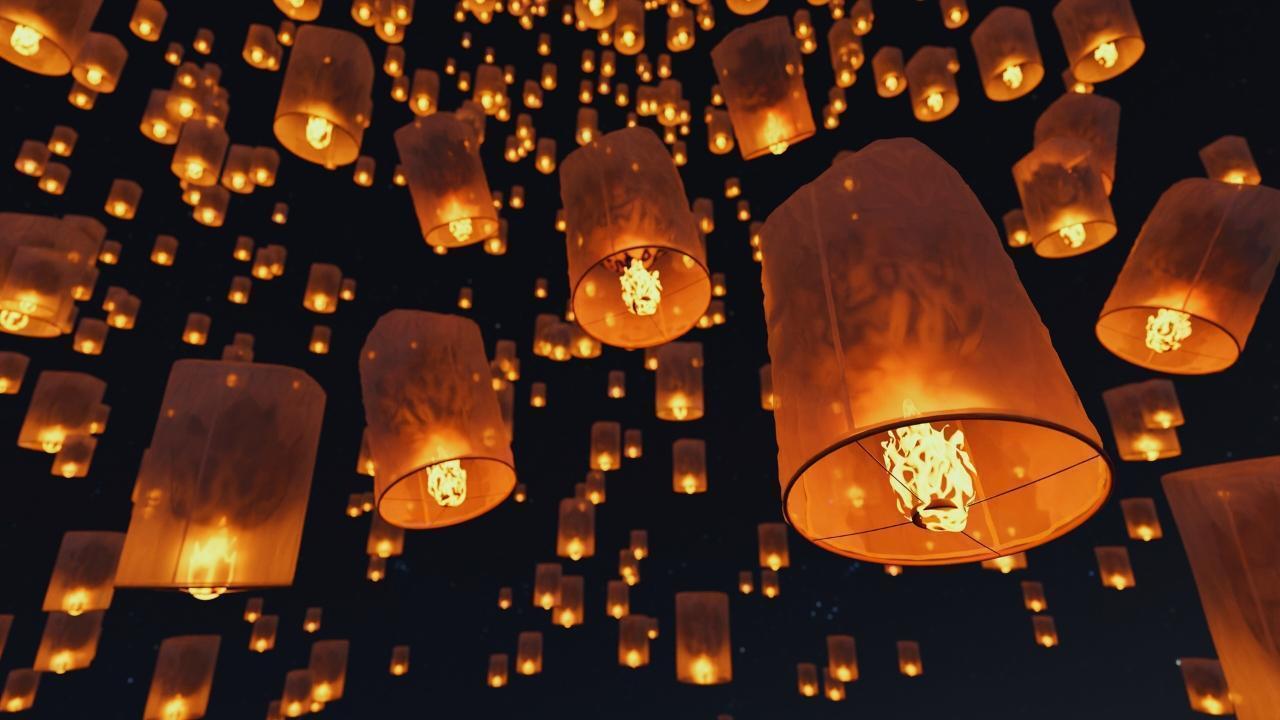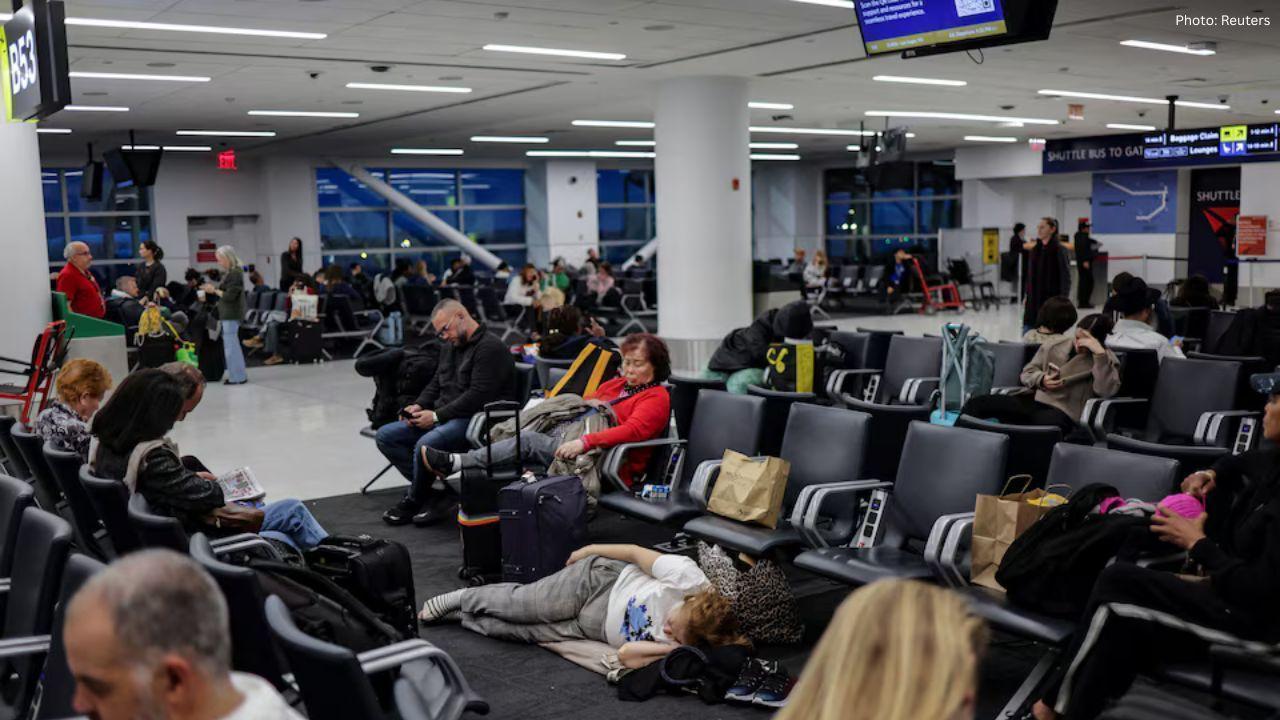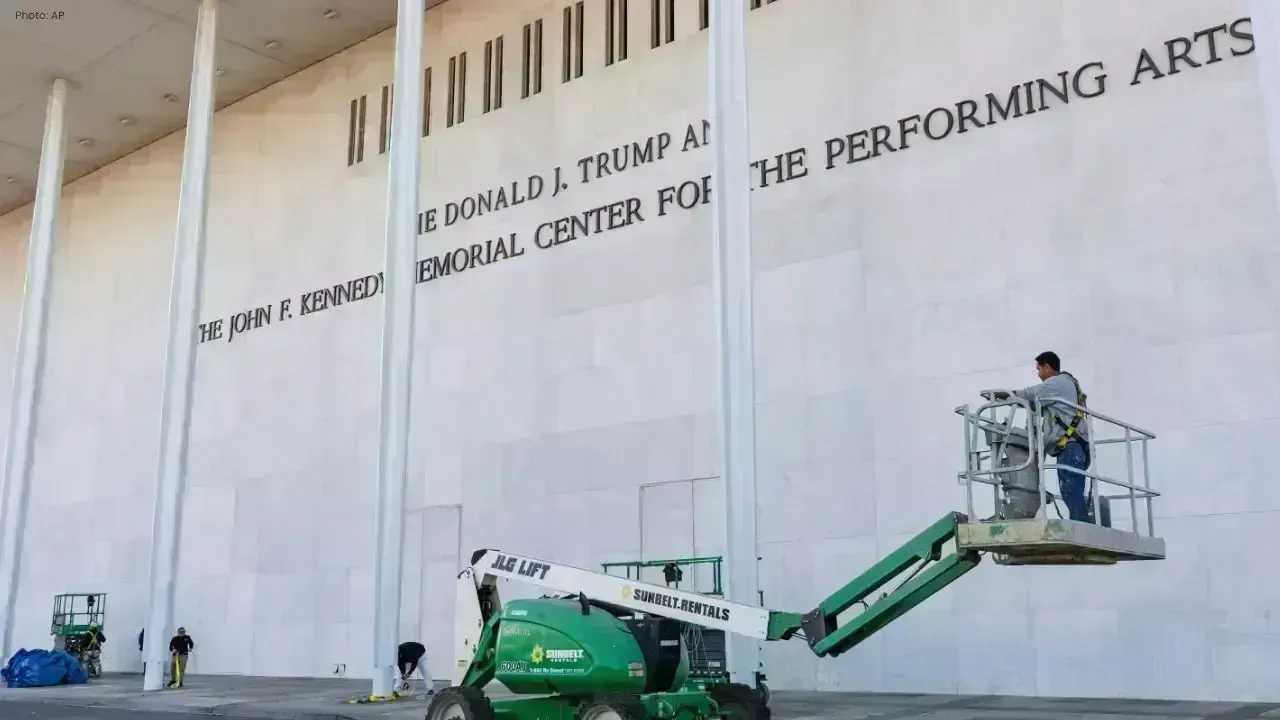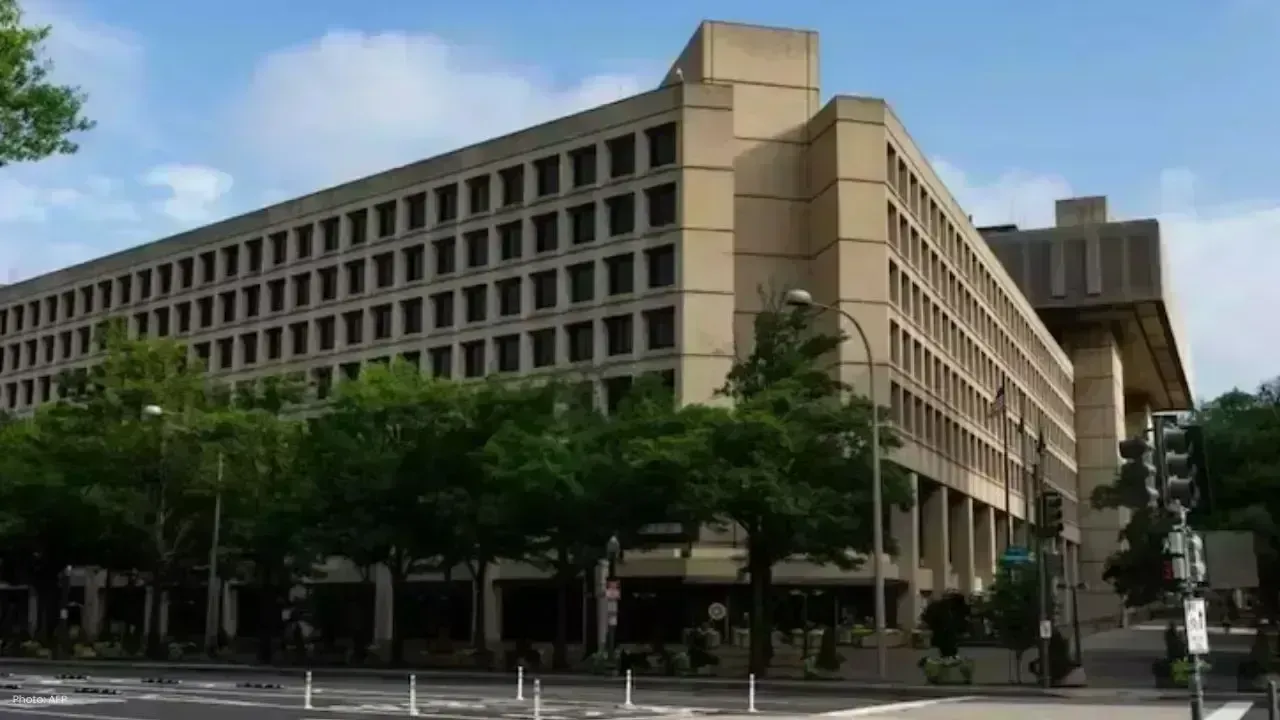You have not yet added any article to your bookmarks!

Join 10k+ people to get notified about new posts, news and tips.
Do not worry we don't spam!

Post by : Anis Farhan
In Asia, festivals are more than moments of cultural pride or spiritual reverence — they are massive economic catalysts that ripple through industries and societies. Each year, millions across the continent light lamps, throw colors, splash water, or release lanterns into the sky. But behind these festive scenes lies an ecosystem of businesses, artisans, logistics, digital platforms, and governments mobilized in full swing.
The rise of Asia's festival economy — the commercial and financial impact generated through festivities — is a compelling narrative of how tradition meets modern commerce. From increased consumer spending to job creation, regional tourism spikes to global brand campaigns, festivals have transformed into strategic economic assets.
The “festival economy” refers to the economic activity generated before, during, and after a festival. This includes:
Retail sales (clothing, electronics, gifts, food)
Travel and tourism
Event management and logistics
Digital advertising and e-commerce
Temporary employment
Cultural exports
Asia’s rich tapestry of celebrations — from Lunar New Year in China and Tet in Vietnam to Diwali in India, Eid in Indonesia, and Mid-Autumn in Malaysia — means that this continent is perpetually in a state of preparation or recovery from a festival.
Take India’s Diwali as an example. In 2023, Indian retail spending during Diwali surpassed ₹3.75 lakh crore (approx. $45 billion USD) — a number bigger than the GDP of some small nations. During Chinese New Year, consumer spending reaches even more astronomical figures. In 2024 alone, Chinese citizens spent over $140 billion USD on gifts, food, travel, and digital red envelopes.
Thailand's Songkran, the Thai New Year marked by water fights and rituals, generated an estimated ฿30 billion baht in 2023 (~$870 million USD) in domestic spending, while drawing thousands of tourists from around the world.
In Japan, the annual Hanami season, when cherry blossoms bloom, generates tourism revenue that tops $2 billion USD, driven by accommodation, food, travel, and local experiences.
The digital era has significantly amplified Asia’s festival economy. Festivals that once required brick-and-mortar interactions have now moved online.
India: Amazon and Flipkart’s annual Great Indian Festival and Big Billion Days, timed with Dussehra and Diwali, account for nearly 70% of their annual revenues.
China: The Singles’ Day (Double 11), while not a traditional festival, has morphed into the world's biggest 24-hour shopping event, generating over $84 billion USD in 2023 alone.
These mega-events offer deep discounts, exclusive launches, and high advertising spends — becoming cash cows for logistics firms, digital payment platforms, influencers, and MSMEs.
Asia’s cultural calendar is a magnet for global travelers. Festivals like Thaipusam in Malaysia, Nyepi in Bali, or Boryeong Mud Festival in South Korea draw tourists seeking immersive experiences.
The United Nations World Tourism Organization (UNWTO) notes that cultural festivals are one of the fastest-growing tourism segments in Asia. Governments have increasingly integrated these festivals into national tourism strategies. Singapore’s Chingay Parade, for example, isn’t just a local celebration — it's a government-backed global spectacle.
Additionally, airlines, hotels, and travel aggregators witness up to 200% spikes in demand during key festival weeks, translating to huge seasonal revenues.
Festivals create a boom in temporary and gig-based employment — decorators, event planners, performers, makeup artists, drivers, logistics personnel, and seasonal staff. In India alone, over 2 million temporary jobs are created every festive season across metros.
Entrepreneurs too, find fertile ground during festival seasons. Small businesses selling ethnic clothing, artisanal crafts, handmade sweets, or digital greeting cards often see 300–500% growth during these months.
Online marketplaces like Etsy and Meesho are enabling rural artisans to sell globally during Diwali or Eid. In Thailand, water gun manufacturers see record orders during Songkran, while Japanese kimono rental businesses flourish during traditional Matsuri weeks.
Governments across Asia are recognizing the macroeconomic impact of festivals. Policies, subsidies, and campaigns are increasingly designed around key festive periods:
Indonesia’s Ministry of Tourism coordinates with airlines and hotels for Eid al-Fitr packages to boost domestic tourism.
India’s "Dekho Apna Desh" campaign focuses on encouraging festival-based local travel.
South Korea offers subsidies to local businesses participating in cultural festivals like Chuseok or Seollal.
Private sectors too are investing heavily. FMCG brands launch festival-specific SKUs, fashion houses drop limited-edition collections, and food delivery platforms introduce special menus. These investments aren’t just about sales — they’re about brand affinity and cultural integration.
However, the booming festival economy is not without criticism. Environmental degradation, increased waste, and over-tourism are real concerns.
In response, several initiatives have emerged:
Eco-friendly Ganesh idols in India
Plastic-free lanterns in Taiwan’s Pingxi Sky Lantern Festival
Green Songkran Campaigns promoting water conservation in Thailand
Festivals are now also platforms for sustainability messaging — combining culture with consciousness.
The COVID-19 pandemic halted festivals across Asia. Economies saw massive dips in seasonal earnings. Yet the rebound post-2022 has been fierce.
Revenge spending: Consumers, eager to reclaim lost moments, are spending more on festival experiences than ever before.
Hybrid events: Many celebrations now combine physical and virtual — reaching wider audiences and creating new monetization models.
Cultural diplomacy: Festivals are increasingly used as soft power tools by Asian countries to promote tourism, exports, and diplomacy.
Beyond the numbers, festivals are vehicles of culture. They export food, fashion, music, rituals, and values. Asia’s vibrant festivals are now staples in global calendars:
Diwali is celebrated in New York and London.
Chinese New Year parades light up San Francisco and Sydney.
Thai Songkran parties are hosted in Los Angeles and Dubai.
The festival economy is therefore also a soft power tool — positioning Asia not just as an economic hub, but as a global cultural leader.
Looking ahead, Asia’s festival economy is poised to grow even bigger, driven by:
Increased regional connectivity
AI and data-driven marketing
Cross-border cultural collaborations
Integration of AR/VR in festivals
Sustainable and conscious commerce
Startups, governments, and global brands are now treating festivals not as seasonal spikes, but as cultural quarters — with long-term economic value.
This article is a part of Newsible Asia’s economic culture series. It is intended for educational and informational purposes. The statistics and analysis are based on publicly available data and do not constitute financial or investment advice.










Akshaye Khanna exits Drishyam 3; Jaideep Ahlawat steps in fast
Producer confirms Jaideep Ahlawat replaces Akshaye Khanna in Drishyam 3 after actor’s sudden exit ov

Kapil Sharma’s Kis Kisko Pyaar Karoon 2 to Re-release in January 2026
After limited screens affected its run, Kapil Sharma’s comedy film Kis Kisko Pyaar Karoon 2 will ret

Hrithik Roshan and Saba Azad Celebrate Christmas at Family Party
Hrithik Roshan and Saba Azad celebrated Christmas at Sussanne Khan’s party, sharing happy moments wi

China Sanctions 20 US Defense Firms Over Taiwan Arms Sales Dispute
China imposes sanctions on 20 US defense companies and 10 executives for supplying arms to Taiwan, e

Salman Khan’s Grand 60th Birthday Bash at Panvel Farmhouse Shines Bright
Salman Khan celebrates his 60th birthday with a grand party at Panvel farmhouse, sharing joyful mome

Thailand Defence Minister Joins Talks to End Deadly Border Clash
Thailand’s defence chief will join talks with Cambodia as border clashes stretch into a third week,